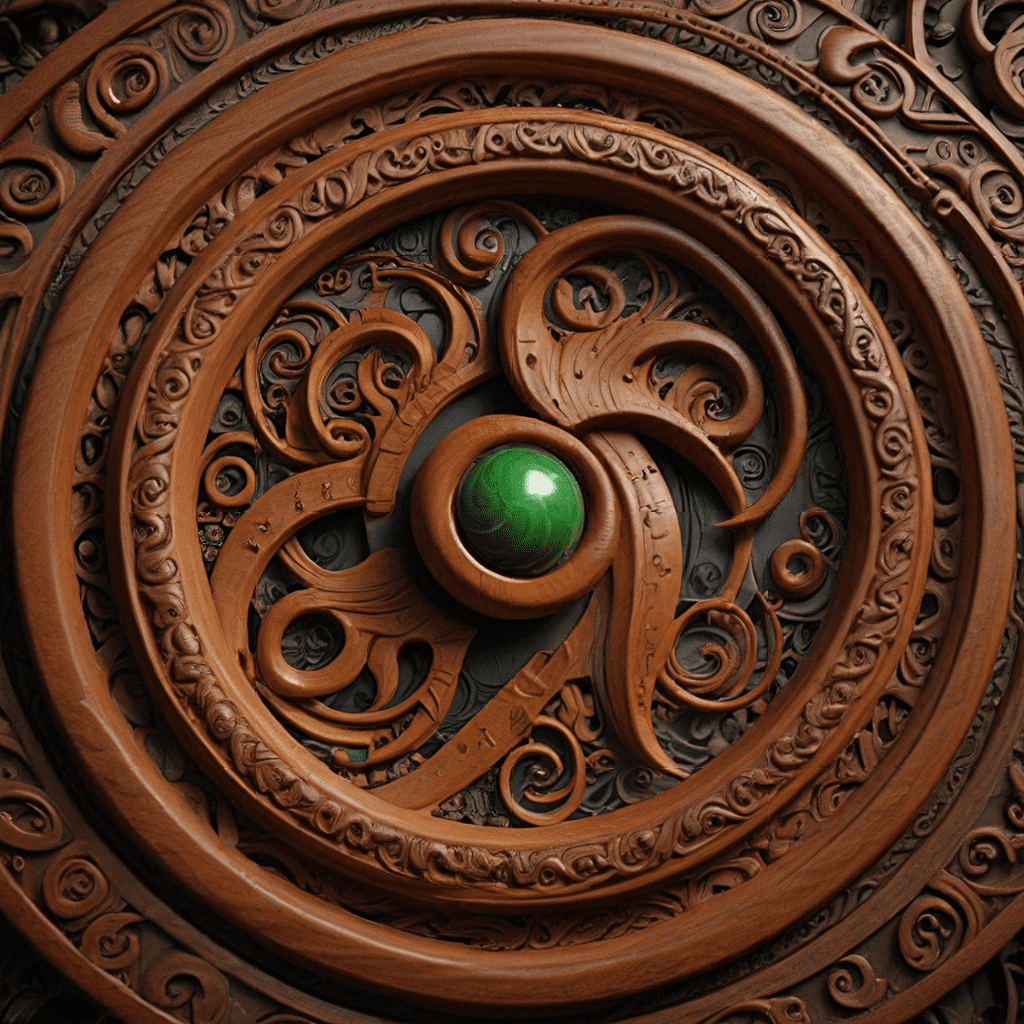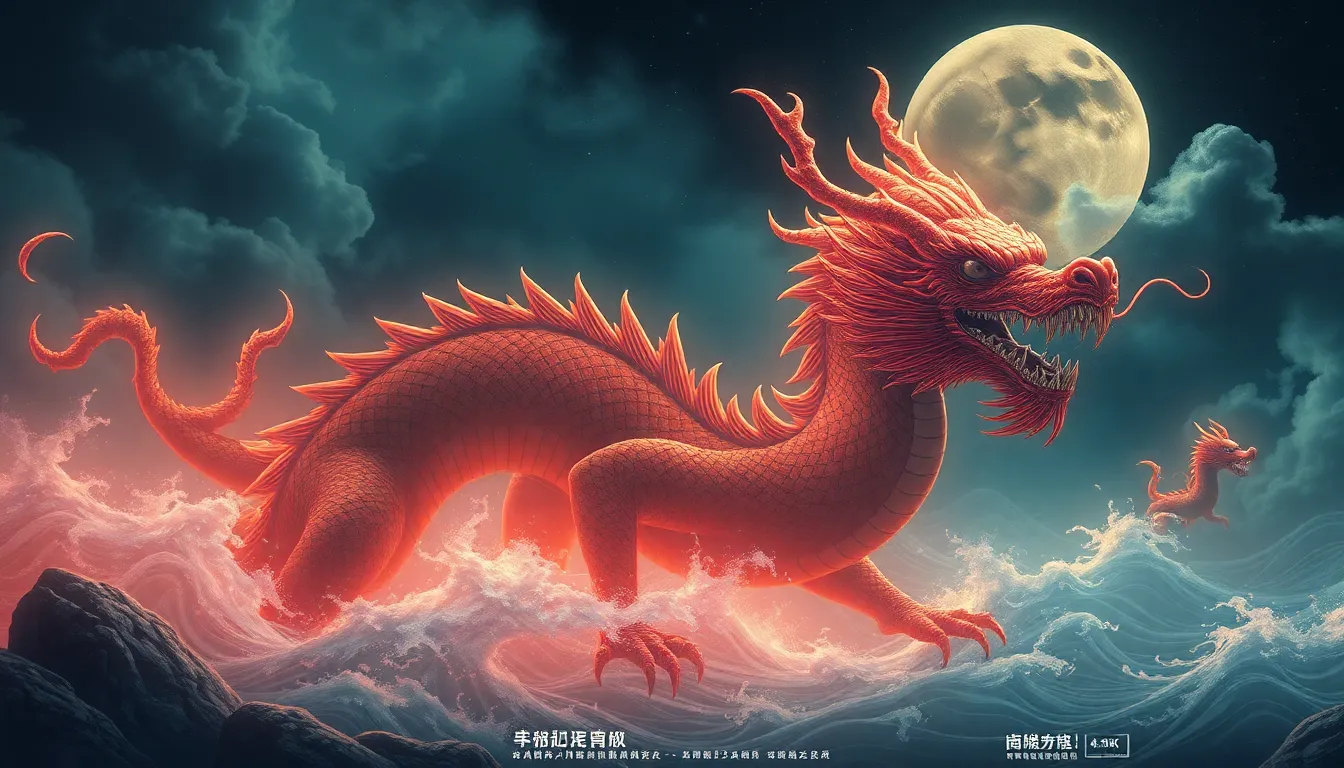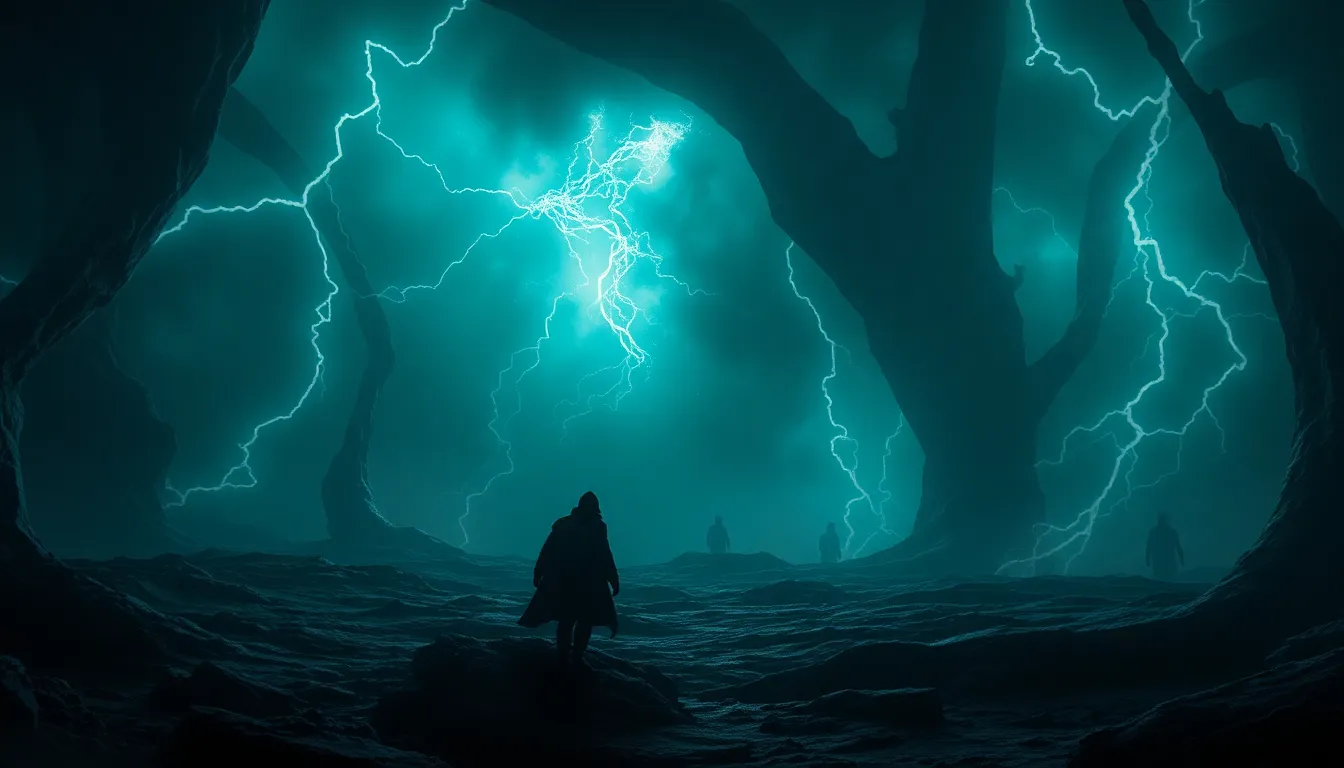The Birth of Legends: How Creation Myths Shape Our Narratives
Introduction: The Power of Creation Myths
Creation myths are foundational stories that explain how the world and humanity came into existence. These narratives are not just fanciful tales; they embody the values, beliefs, and history of cultures around the globe. Myths serve as a lens through which we understand our place in the universe, providing context for human experiences and moral frameworks. This article explores the profound impact of creation myths on narrative formation and cultural identity.
The Universal Nature of Creation Myths
Across various cultures, creation myths share common themes that resonate with the human experience. These themes often include:
- The emergence of order from chaos
- The relationship between deities and humanity
- The cyclical nature of existence
- The significance of sacrifice and creation
Psychologically and socially, creation myths fulfill essential functions. They provide explanations for the mysteries of life, create a sense of belonging, and impart moral lessons. For instance, the ancient Egyptian myth of Ra’s journey across the sky explains the cycle of day and night, while the Hindu creation story of Vishnu illustrates the interconnectedness of creation and destruction.
Cultural Identity and Creation Narratives
Creation myths play a pivotal role in shaping cultural identity. They are woven into the fabric of community values and beliefs, helping individuals understand their heritage and social roles. For example:
- Indigenous cultures often have creation stories that emphasize harmony with nature, reinforcing their respect for the environment.
- In many African societies, myths communicate the significance of ancestors, shaping communal practices and traditions.
Case studies of Indigenous cultures, such as the Native American creation stories, illustrate how these narratives convey lessons about community, responsibility, and the sacredness of the Earth.
The Structure of Creation Myths
Creation myths often follow specific narrative structures that reveal underlying archetypes and symbols. Common elements include:
- Conflict: Many creation myths begin with chaos or a cosmic battle.
- Creation: A deity or force brings order, creating the world and its inhabitants.
- Resolution: The establishment of harmony and balance, often leading to moral or ethical guidelines.
These structures reflect universal human experiences and desires, such as the longing for order and understanding in a chaotic world. The conflict and resolution in these narratives mirror the struggles and triumphs of human existence, making them relatable across generations.
Creation Myths in Literature and Art
The influence of creation myths extends into literature and art, shaping narratives and inspiring creative expression. Notable literary pieces that draw from creation narratives include:
- Paradise Lost by John Milton: This epic poem explores the biblical creation story and its implications for humanity.
- The Epic of Gilgamesh: An ancient Mesopotamian poem that reflects on creation, mortality, and the quest for immortality.
In modern art and media, reinterpretations of myths are prevalent, as artists and storytellers explore themes of creation, identity, and existence through contemporary lenses. For instance, films like Avatar and Interstellar incorporate mythological elements to address questions about humanity’s place in the universe.
Myths as Tools for Understanding Existence
Creation myths serve as profound tools for exploring fundamental questions of existence. They tackle existential themes, including:
- Why are we here?
- What is our purpose?
- How do we relate to the divine or the cosmos?
Philosophically, these stories provide insights into human nature and the search for meaning. For example, the Maori creation story emphasizes the connection between humanity and the earth, suggesting that understanding our origins is key to understanding our responsibilities.
The Evolution of Creation Myths in the Modern Era
As society evolves, so do creation myths. Contemporary interpretations often adapt ancient narratives to reflect modern values and scientific understandings. New creation narratives are emerging in response to:
- Advancements in science and technology, such as the Big Bang theory and evolution.
- The influence of globalization, which blends various mythologies into new forms.
This evolution raises questions about the relevance of traditional myths in a rapidly changing world, prompting discussions on how these stories can coexist with modern scientific perspectives.
Comparative Analysis: Myths vs. Scientific Narratives
The relationship between creation myths and scientific explanations is complex, often involving coexistence and conflict. While scientific narratives provide empirical explanations for the origins of the universe, creation myths offer symbolic meanings and human experiences. Perspectives from both mythologists and scientists reveal:
- Myths fulfill psychological needs that science may not address.
- Scientific narratives can enrich our understanding of myths by providing context.
This interplay between myth and science fosters a more comprehensive understanding of existence, highlighting the strengths of both approaches.
The Role of Technology and Media in Shaping New Narratives
In the digital age, storytelling has transformed dramatically. Technology and media play crucial roles in shaping new narratives and myth-making processes. Key trends include:
- The rise of digital storytelling platforms, allowing for diverse voices and new myths.
- Social media enabling rapid dissemination and adaptation of mythological themes.
- The impact of virtual reality and gaming, creating immersive experiences that explore mythological narratives.
These developments reflect our evolving understanding of narratives and the ways in which they can be shared and experienced in contemporary society.
Conclusion: The Enduring Legacy of Creation Myths
Creation myths are more than mere stories; they are vital components of human culture that shape our narratives and identities. This article has explored their universal nature, cultural significance, structural elements, and contemporary relevance. Preserving and understanding these myths is essential for future generations, as they provide insights into our past, inform our present, and guide our future. Ultimately, the enduring legacy of creation myths lies in their ability to help us navigate the complexities of existence and our place within the cosmos.




